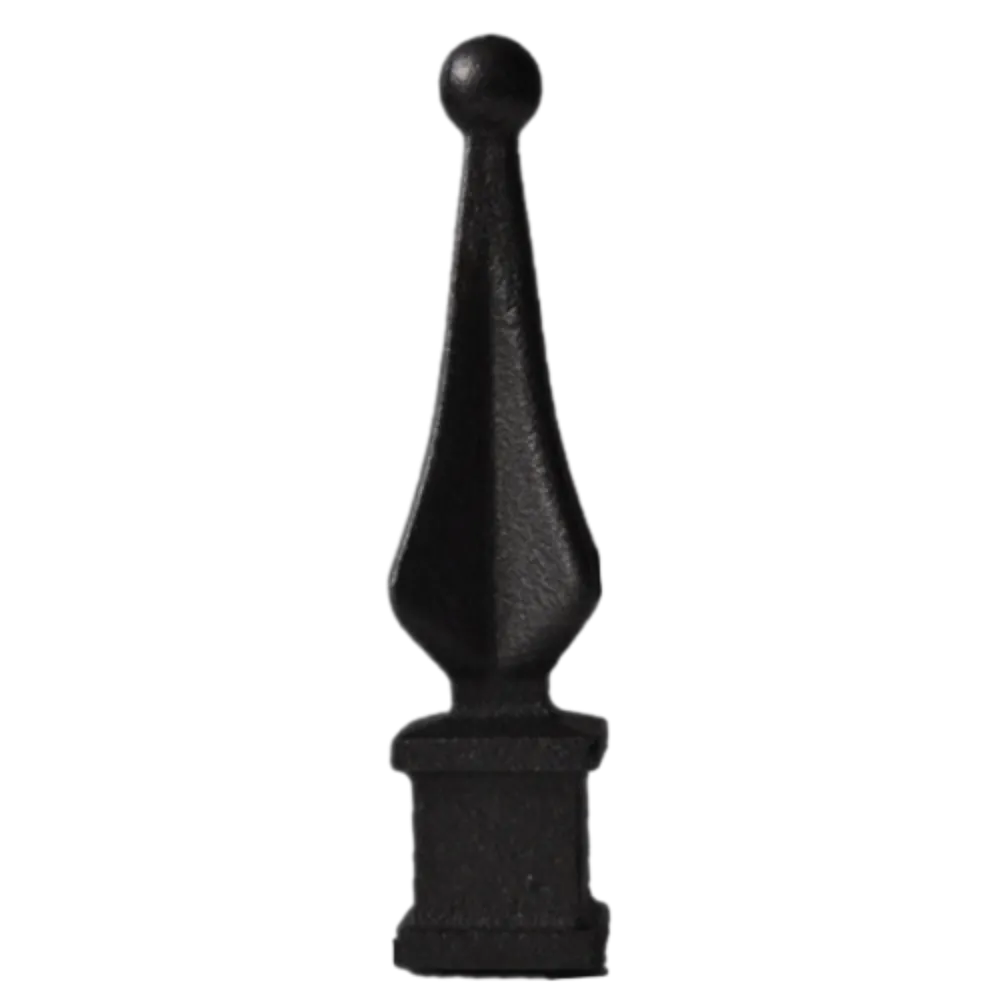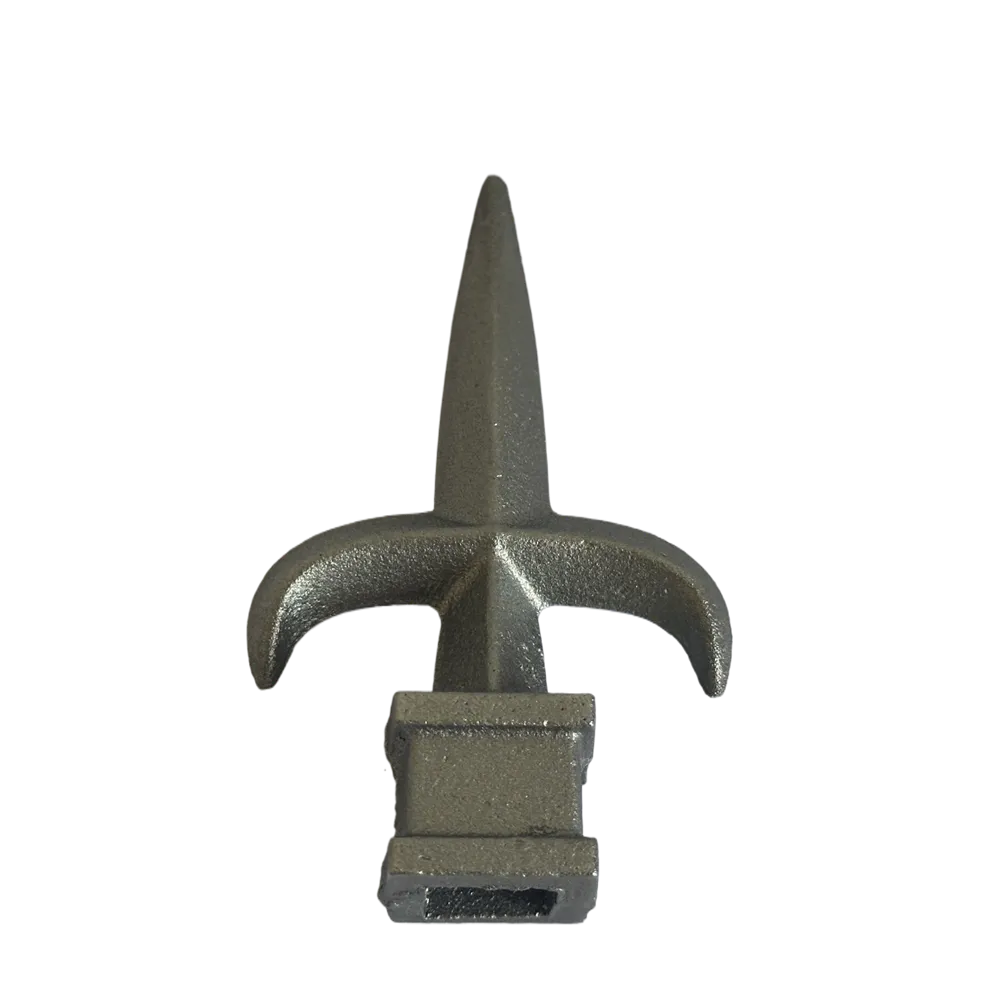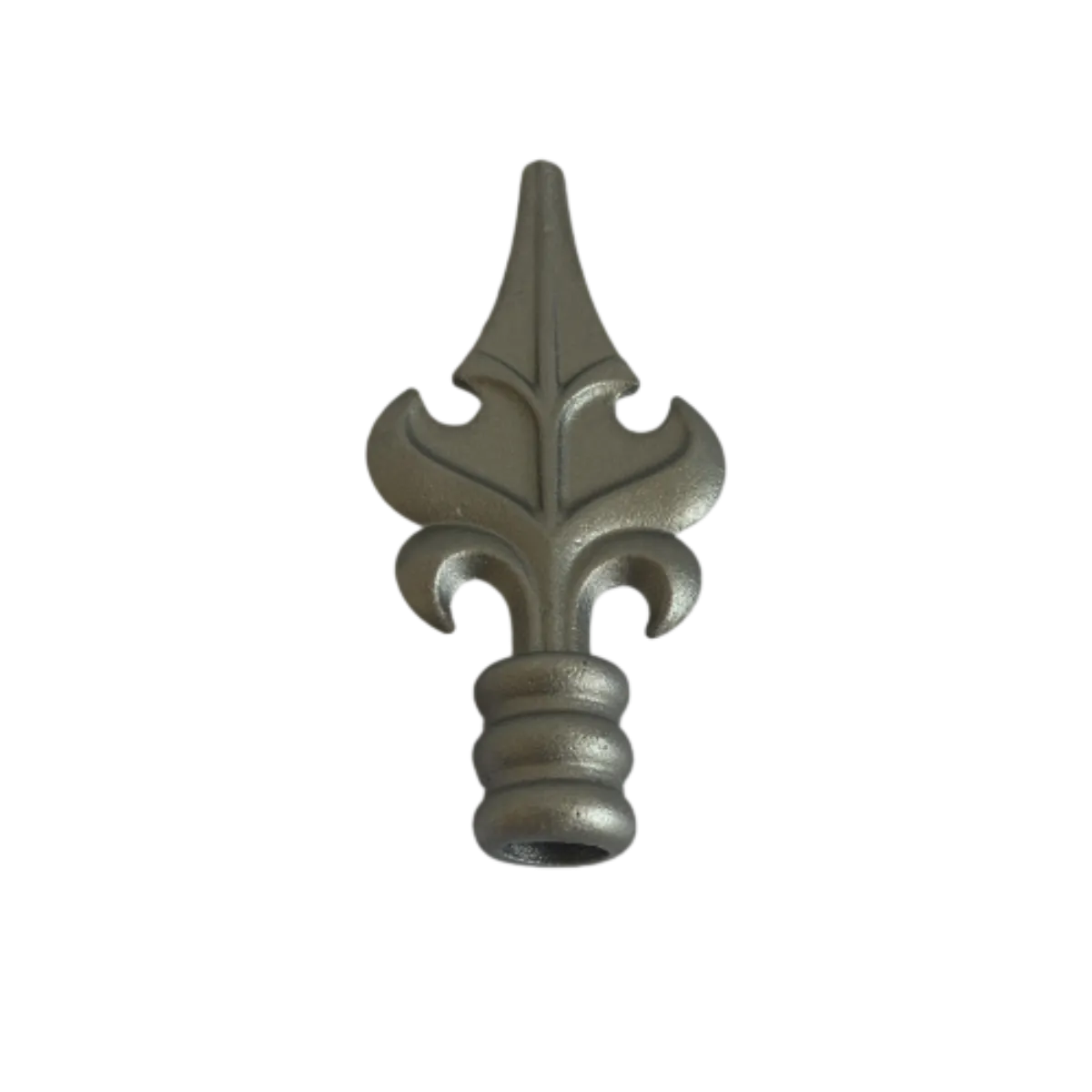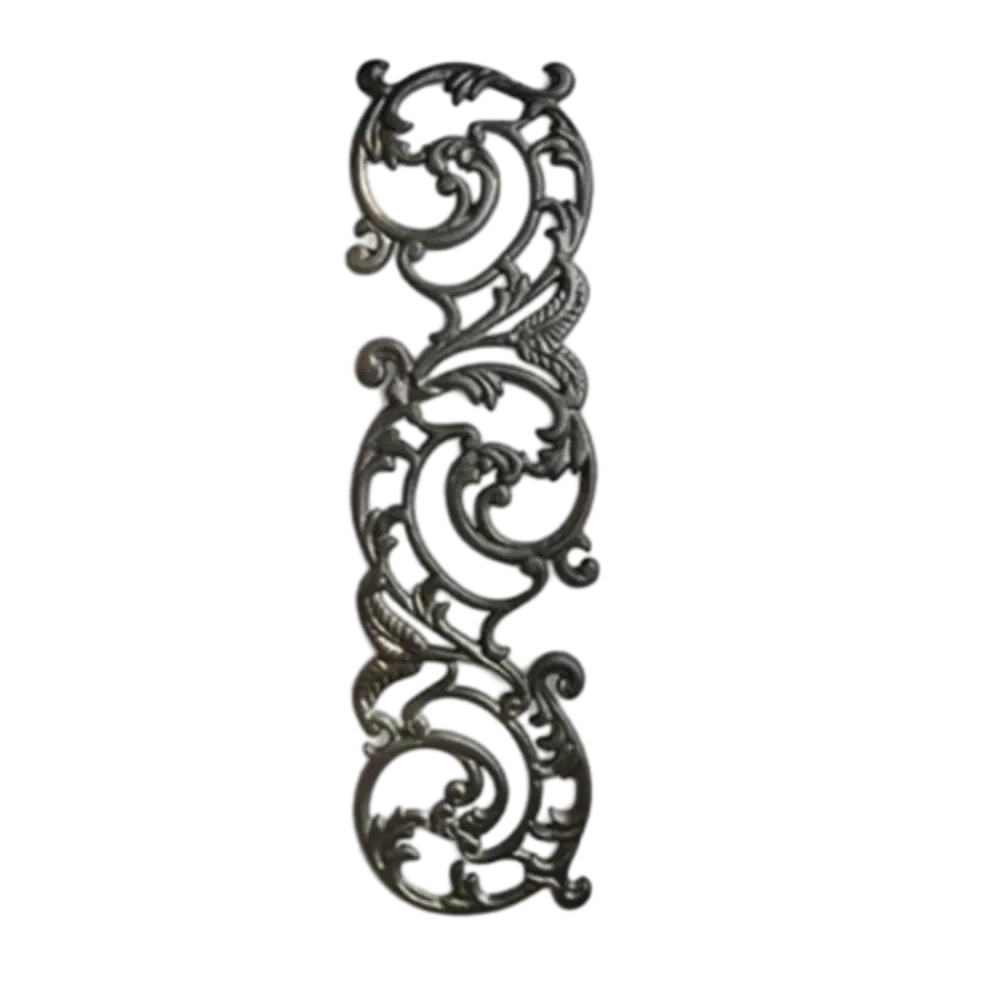NO HUB Cast Iron P Trap ASTM A888 Soil Fittings - Durable & Compliant
The Imperative Role of Cast Iron Soil Fittings in Modern Infrastructure
In the intricate network of modern plumbing and drainage systems, the selection of robust and reliable components is paramount for long-term operational integrity and public health. Among these, P Trap ASTM A888 NO HUB cast iron soil fittings stand out as a cornerstone, particularly in commercial, industrial, and multi-story residential constructions. These fittings are crucial for maintaining sanitary conditions, preventing sewer gas intrusion, and ensuring efficient waste water flow. Their design, rooted in a centuries-old material—cast iron—combined with contemporary NO HUB technology, offers a superior solution over alternative materials, addressing critical demands for durability, fire resistance, and sound attenuation in complex building environments.
The demand for these specialized fittings is consistently driven by urban development, infrastructure upgrades, and stringent building codes that prioritize safety and longevity. Key sectors such as large-scale residential projects, hospitals, schools, and commercial complexes heavily rely on the inherent strength and reliability of cast iron. The P Trap ASTM A888 NO HUB cast iron soil fittings are engineered to meet the rigorous performance criteria specified by industry standards like ASTM A888, which defines material and testing requirements for centrifugally cast iron soil pipe and fittings, ensuring a uniform and high-quality product suitable for demanding applications.
Precision Manufacturing: The Craft Behind Cast Iron Fittings
The manufacturing of P Trap ASTM A888 NO HUB cast iron soil fittings is a multi-stage process that combines traditional foundry techniques with modern precision engineering and rigorous quality control. It typically begins with the selection of high-grade raw materials, primarily pig iron and steel scrap, which are carefully melted in induction furnaces to precise metallurgical specifications, ensuring the correct carbon and silicon content for optimal mechanical properties. This molten metal is then poured into sand molds, often using automatic molding lines or shell molding processes, which create the intricate shapes of the fittings, including the characteristic P-trap bend designed to hold a water seal.
Following the casting process, the fittings undergo a crucial cooling phase, followed by shakeout, where the sand molds are broken away. The rough castings are then subjected to fettling, which involves grinding and blasting to remove excess material and achieve a smooth surface finish. For NO HUB fittings, the ends are precisely machined to ensure a consistent outer diameter, allowing for a tight, leak-proof connection with elastomeric couplings. Post-machining, each fitting undergoes a series of stringent quality inspections, including dimensional checks, visual inspections for surface defects, and hydrostatic pressure testing to detect any leaks or structural weaknesses. Compliance with international standards such as ISO 9001 for quality management and ANSI/CISPI 301 for cast iron soil pipe and fittings is rigorously maintained throughout the entire manufacturing chain, ensuring a service life often exceeding 50 years in typical applications within petrochemical plants, metallurgical facilities, and municipal water/drainage systems. These robust fittings offer superior performance in corrosive environments and contribute to energy efficiency by ensuring smooth, unobstructed flow, reducing pump strain in large-scale drainage systems.
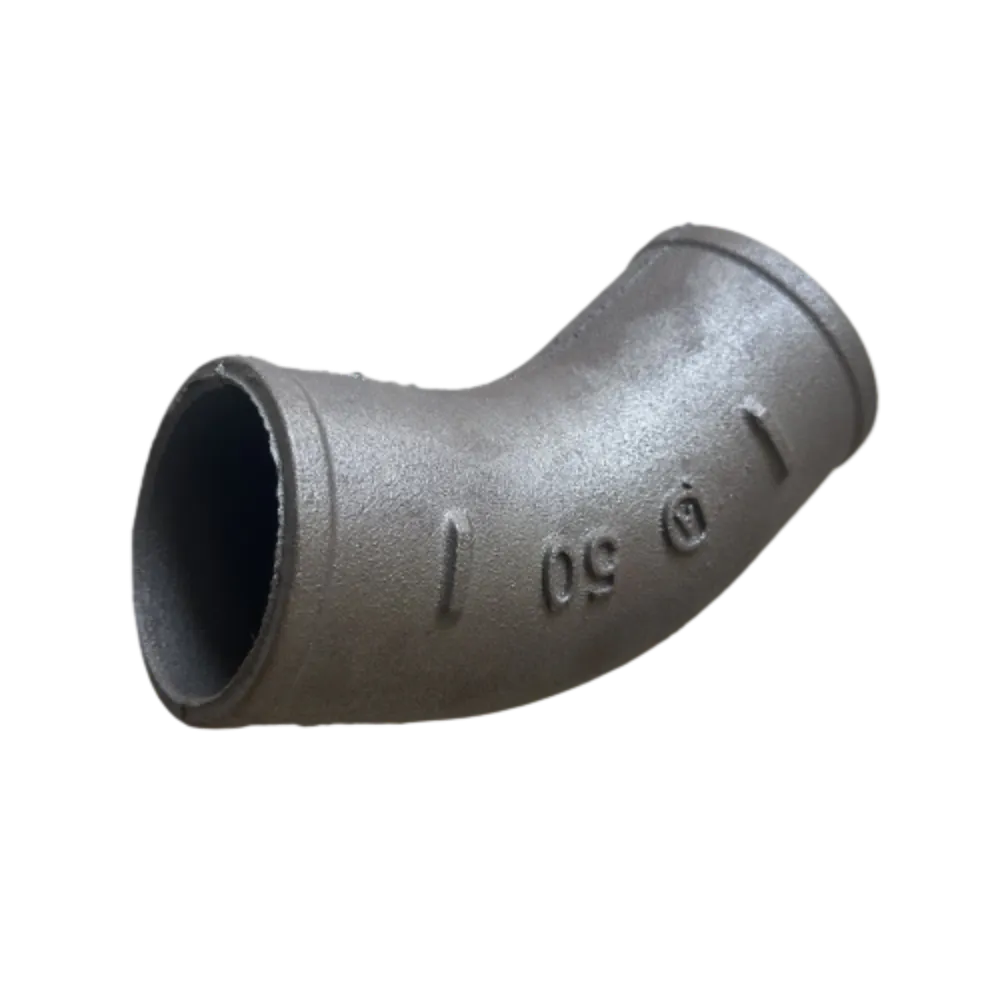
Technical Specifications and Performance Metrics
Understanding the detailed technical specifications of P Trap ASTM A888 NO HUB cast iron soil fittings is critical for architects, engineers, and procurement specialists. These fittings are designed to integrate seamlessly into complex drainage systems, offering a balance of strength, longevity, and ease of installation. The NO HUB design eliminates the need for traditional caulked or leaded joints, significantly reducing installation time and labor costs, while providing a flexible and reliable connection that accommodates minor pipe movement.
The robust nature of cast iron provides exceptional resistance to abrasion, chemicals commonly found in wastewater, and high temperatures, making it an ideal choice for a wide range of demanding applications. Furthermore, cast iron is inherently non-combustible, offering superior fire protection compared to plastic alternatives, an essential safety feature in multi-story buildings. Its dense structure also contributes to significant noise reduction from flowing wastewater, improving the acoustic comfort within buildings. Below is a detailed table outlining typical parameters for these fittings, adhering to the stringent requirements of ASTM A888 and CISPI 301.
| Parameter | Specification/Value | Standard/Remarks |
|---|---|---|
| Material | Gray Cast Iron | ASTM A48 Class 30/35, complying with ASTM A888 |
| Applicable Standard | ASTM A888, CISPI 301 | Ensures material, dimensions, and testing compliance |
| Connection Type | NO HUB (coupled with neoprene gaskets and stainless steel clamps) | Flexible, quick installation, no lead required |
| Nominal Size Range | 1.5 inch to 15 inch (DN40 to DN375) | Common plumbing diameters |
| Pressure Rating (working) | Typically 10 PSI (0.7 bar) | Suitable for non-pressure drainage applications |
| Hydrostatic Test Pressure | 50 PSI (3.4 bar) for 15 seconds minimum | Manufacturer's quality assurance test |
| Corrosion Resistance | Excellent against typical sewage and wastewater | Superior to many plastic alternatives in harsh environments |
| Fire Resistance Rating | Non-combustible, contributes to fire-rated assemblies | Meets building code requirements for passive fire protection |
| Sound Attenuation | Superior noise reduction compared to lighter materials | STC (Sound Transmission Class) ratings significantly improved |
| Coating | Asphaltic coating or epoxy paint (internal & external) | Enhances corrosion resistance and aesthetics |
This table highlights that P Trap ASTM A888 NO HUB cast iron soil fittings are not merely components but engineered solutions that bring a combination of safety, efficiency, and environmental benefits to any major construction or renovation project. The precision in their manufacturing and adherence to global standards underscore their reliability.
Industry Compliance and Authoritative Assurance
The credibility and reliability of any plumbing component, especially for critical infrastructure, are directly tied to its adherence to recognized industry standards and certifications. For P Trap ASTM A888 NO HUB cast iron soil fittings, compliance with ASTM A888 is non-negotiable. This standard, developed by ASTM International, specifies the minimum requirements for the material, manufacture, chemical composition, dimensions, and testing of hubless cast iron soil pipe and fittings. This ensures that every fitting can withstand the operational stresses and environmental factors inherent in drainage systems. Beyond ASTM, compliance with CISPI 301, the Cast Iron Soil Pipe Institute's standard for hubless cast iron soil pipe and fittings, further validates the product's quality and interchangeability within a system.
Leading manufacturers demonstrate their authority and commitment to quality through various certifications such as ISO 9001 for quality management systems, ISO 14001 for environmental management, and OHSAS 18001 (now ISO 45001) for occupational health and safety. These certifications are not just badges; they represent an ongoing commitment to stringent processes, continuous improvement, and global best practices in manufacturing. Our extensive service history, spanning over two decades in the casting industry, coupled with successful partnerships with major construction firms and plumbing contractors worldwide, underscores our experience and authoritativeness in delivering reliable cast iron solutions. For instance, in a large-scale hospital project in the Middle East, our P Trap ASTM A888 NO HUB cast iron soil fittings were selected due to their superior fire resistance and noise attenuation properties, critical for healthcare environments. This decision was supported by detailed factory acceptance tests and third-party certifications, validating performance against project-specific criteria.
Tailored Solutions and Client-Centric Support
Recognizing that every project has unique requirements, manufacturers of P Trap ASTM A888 NO HUB cast iron soil fittings often provide comprehensive customization and support services. This extends beyond standard product lines to include bespoke dimensions, specialized coatings for enhanced chemical resistance, or even unique configurations designed to solve specific drainage challenges. Our engineering team collaborates closely with clients from conceptualization through implementation, ensuring that the selected fittings precisely meet the project's technical specifications and operational demands. This consultative approach minimizes potential issues during installation and maximizes system longevity.
Our commitment to customer satisfaction is underpinned by a robust support framework. We offer transparent delivery cycle explanations, typically ranging from 4-6 weeks for standard orders, with expedited options available for urgent projects, dependent on order volume and specific customizations. Each batch of P Trap ASTM A888 NO HUB cast iron soil fittings is backed by a comprehensive product warranty, guaranteeing material integrity and manufacturing quality for a specified period from the date of installation. Our dedicated customer support team is available to address technical inquiries, provide installation guidance, and resolve any post-delivery concerns promptly, ensuring a seamless experience from order placement to system operation. This holistic approach, combined with our quality assurance, builds lasting trust with our global clientele.
Frequently Asked Questions (FAQ)
Addressing common concerns helps build trust and clarifies product capabilities for decision-makers.
Q1: What are the primary advantages of NO HUB cast iron fittings over traditional hub-and-spigot fittings?
A1: NO HUB fittings, including P Trap ASTM A888 NO HUB cast iron soil fittings, offer significant advantages in terms of ease and speed of installation, as they eliminate the need for molten lead and oakum. They connect using stainless steel clamps and neoprene gaskets, providing a more flexible and adaptable joint that can better withstand building settlement and minor movements. This method also results in a cleaner, safer, and quieter installation process, reducing labor costs and environmental impact compared to older techniques.
Q2: How does cast iron perform in terms of sound attenuation compared to PVC in drainage systems?
A2: Cast iron, due to its higher density and mass, is significantly superior to PVC in attenuating noise from flowing wastewater. It absorbs and dampens sound vibrations, resulting in a much quieter drainage system. This is a critical advantage for applications in hospitals, hotels, multi-unit residential buildings, and other environments where noise pollution needs to be minimized for occupant comfort. Studies indicate that cast iron drainage systems can reduce noise levels by 10-15 dB compared to plastic systems.
Q3: What certifications should I look for when sourcing cast iron soil fittings?
A3: When sourcing P Trap ASTM A888 NO HUB cast iron soil fittings, it is crucial to verify compliance with ASTM A888 and CISPI 301. Additionally, look for manufacturers who hold ISO 9001 (Quality Management System), ISO 14001 (Environmental Management System), and ISO 45001 (Occupational Health and Safety Management System) certifications. These indicate a commitment to global quality standards, responsible manufacturing practices, and worker safety. Third-party testing reports and approvals from relevant plumbing codes (e.g., UPC, IPC) are also strong indicators of product reliability and compliance.
Conclusion
The continuous evolution of building infrastructure demands components that offer unparalleled reliability, safety, and longevity. P Trap ASTM A888 NO HUB cast iron soil fittings represent the zenith of this demand, providing a proven solution for drainage systems that prioritize durability, fire resistance, superior sound attenuation, and ease of installation. Their adherence to rigorous international standards like ASTM A888 and CISPI 301, coupled with advanced manufacturing processes, ensures exceptional performance in diverse and challenging environments, from high-rise commercial buildings to critical industrial facilities.
Investing in high-quality cast iron soil fittings is not merely a purchase; it is a strategic decision that contributes to the overall structural integrity, safety, and operational efficiency of a building. By choosing these robust and compliant fittings, engineers and contractors can guarantee a drainage system that performs reliably for decades, minimizing maintenance requirements and maximizing occupant comfort and safety.
References
- ASTM A888/A888M-18. Standard Specification for Cast Iron Hubless Pipe and Fittings for Sanitary and Storm Drain, Waste, and Vent Piping Applications. ASTM International.
- Cast Iron Soil Pipe Institute (CISPI). CISPI 301: Specification for Cast Iron Soil Pipe and Fittings for Hubless Cast Iron Sanitary and Storm Drain, Waste, and Vent Piping Applications.
- American Society of Plumbing Engineers (ASPE) Data Book. Plumbing Engineering Design Handbook.
- National Fire Protection Association (NFPA). NFPA 13: Standard for the Installation of Sprinkler Systems.
- U.S. Environmental Protection Agency (EPA). Design and Construction of Sanitary Sewers.
-
Wrought Iron Components: Timeless Elegance and Structural StrengthNewsJul.28,2025
-
Window Hardware Essentials: Rollers, Handles, and Locking SolutionsNewsJul.28,2025
-
Small Agricultural Processing Machines: Corn Threshers, Cassava Chippers, Grain Peelers & Chaff CuttersNewsJul.28,2025
-
Sliding Rollers: Smooth, Silent, and Built to LastNewsJul.28,2025
-
Cast Iron Stoves: Timeless Heating with Modern EfficiencyNewsJul.28,2025
-
Cast Iron Pipe and Fitting: Durable, Fire-Resistant Solutions for Plumbing and DrainageNewsJul.28,2025
-
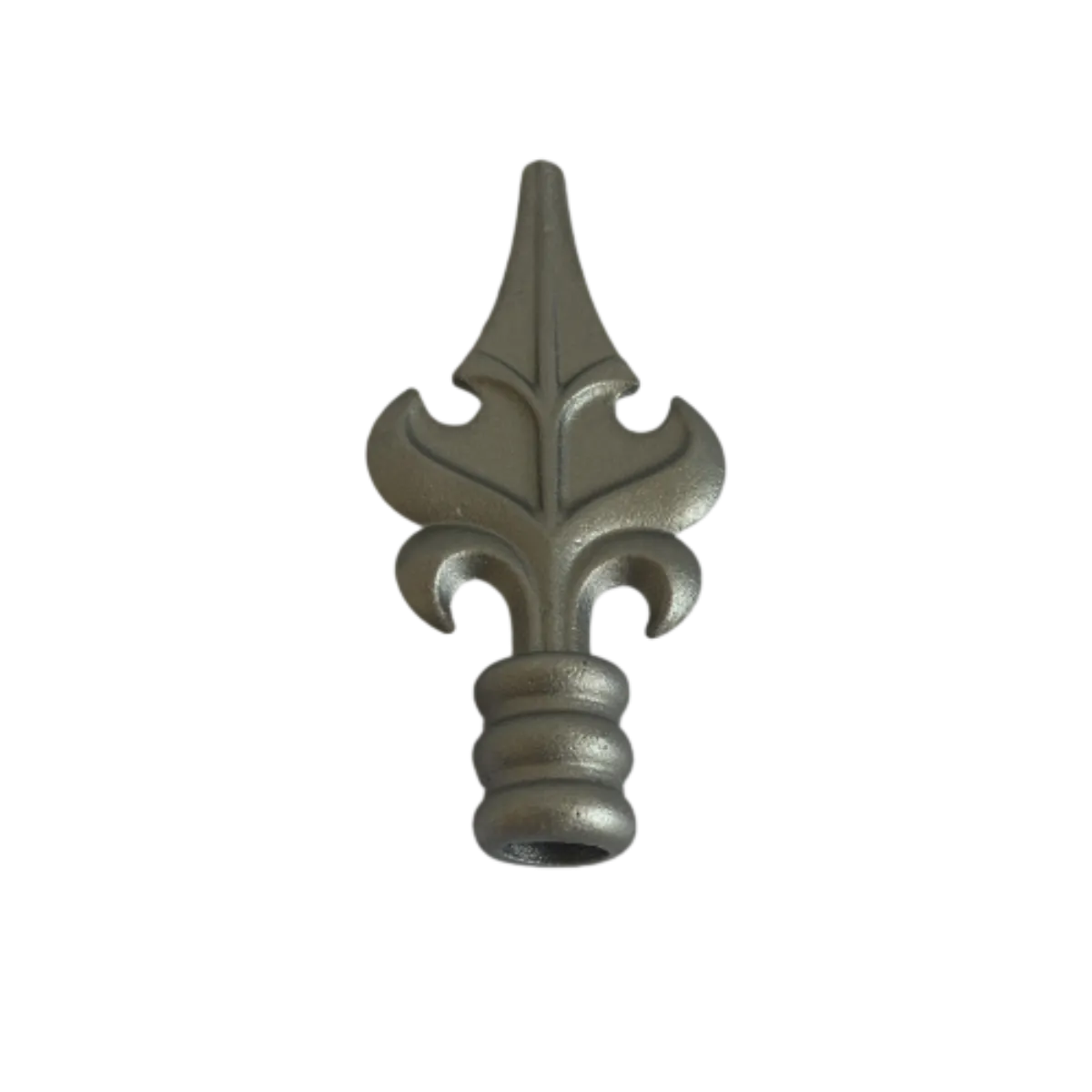 Wrought Iron Components: Timeless Elegance and Structural StrengthJul-28-2025Wrought Iron Components: Timeless Elegance and Structural Strength
Wrought Iron Components: Timeless Elegance and Structural StrengthJul-28-2025Wrought Iron Components: Timeless Elegance and Structural Strength -
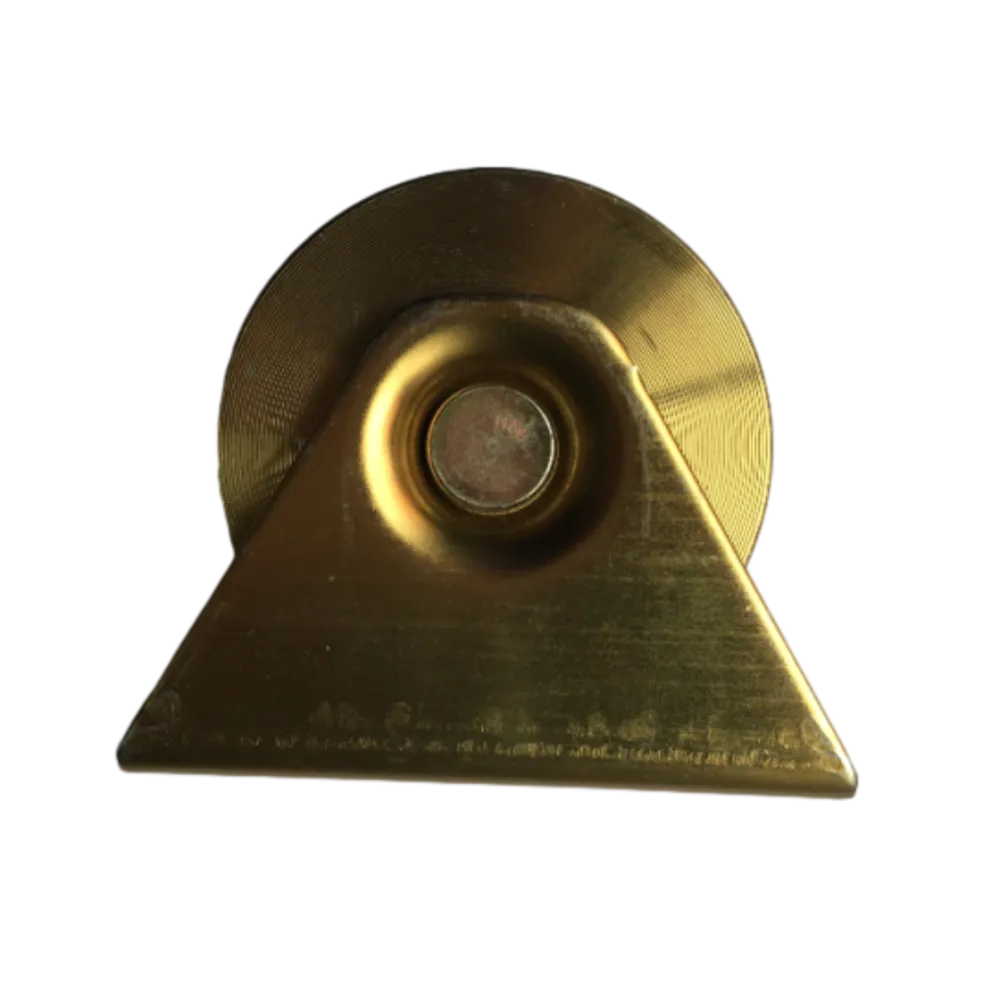 Window Hardware Essentials: Rollers, Handles, and Locking SolutionsJul-28-2025Window Hardware Essentials: Rollers, Handles, and Locking Solutions
Window Hardware Essentials: Rollers, Handles, and Locking SolutionsJul-28-2025Window Hardware Essentials: Rollers, Handles, and Locking Solutions -
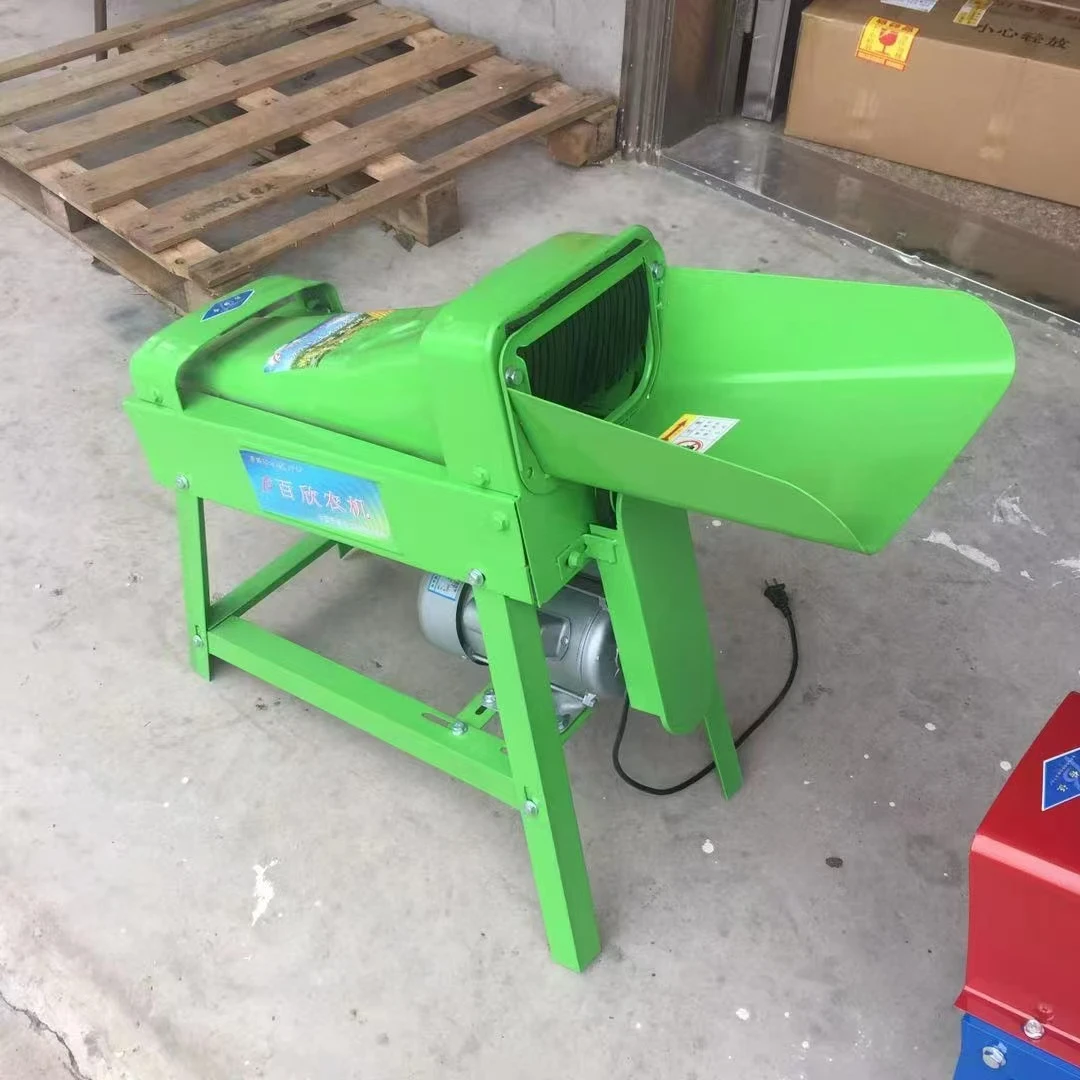 Small Agricultural Processing Machines: Corn Threshers, Cassava Chippers, Grain Peelers & Chaff CuttersJul-28-2025Small Agricultural Processing Machines: Corn Threshers, Cassava Chippers, Grain Peelers & Chaff Cutters
Small Agricultural Processing Machines: Corn Threshers, Cassava Chippers, Grain Peelers & Chaff CuttersJul-28-2025Small Agricultural Processing Machines: Corn Threshers, Cassava Chippers, Grain Peelers & Chaff Cutters




